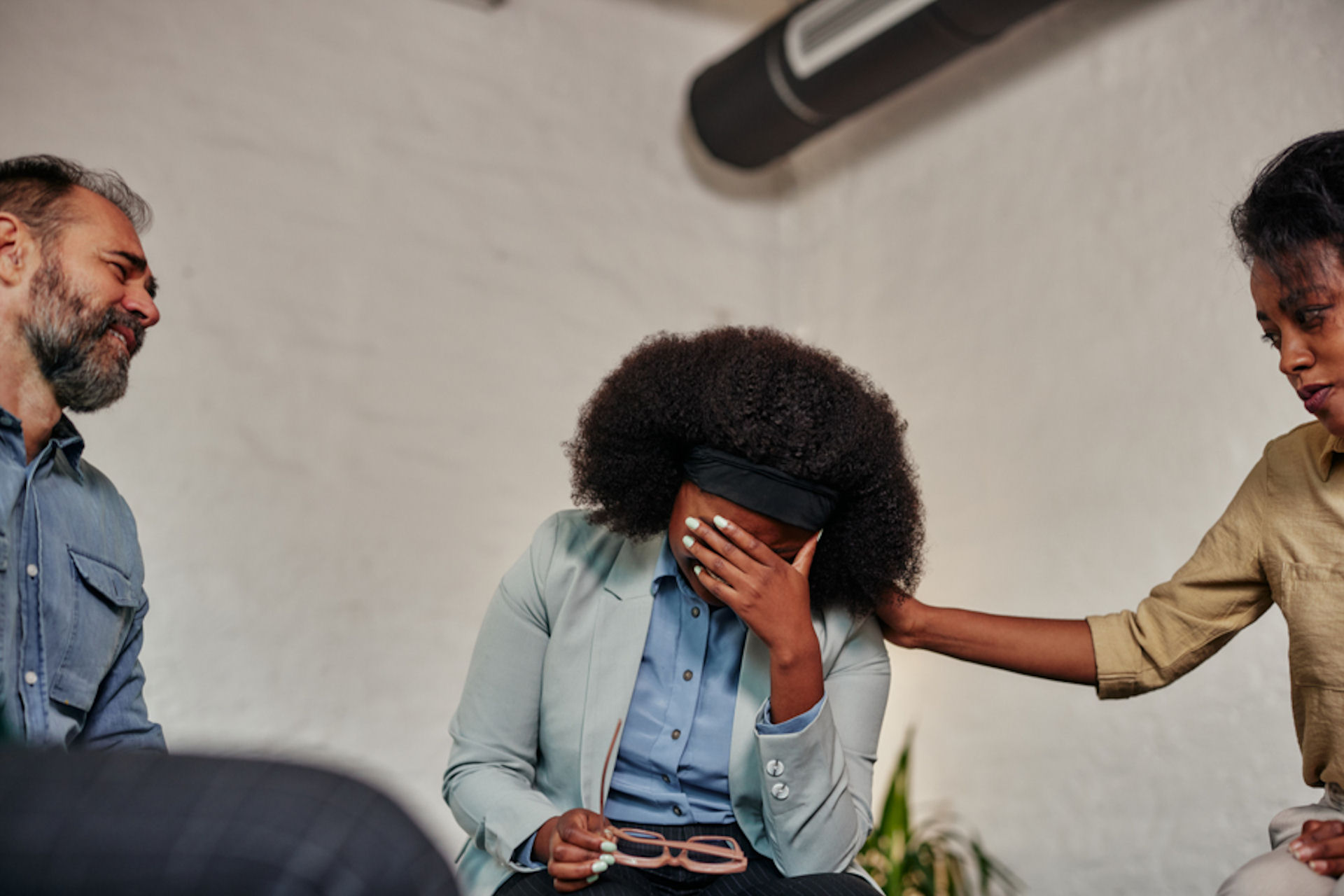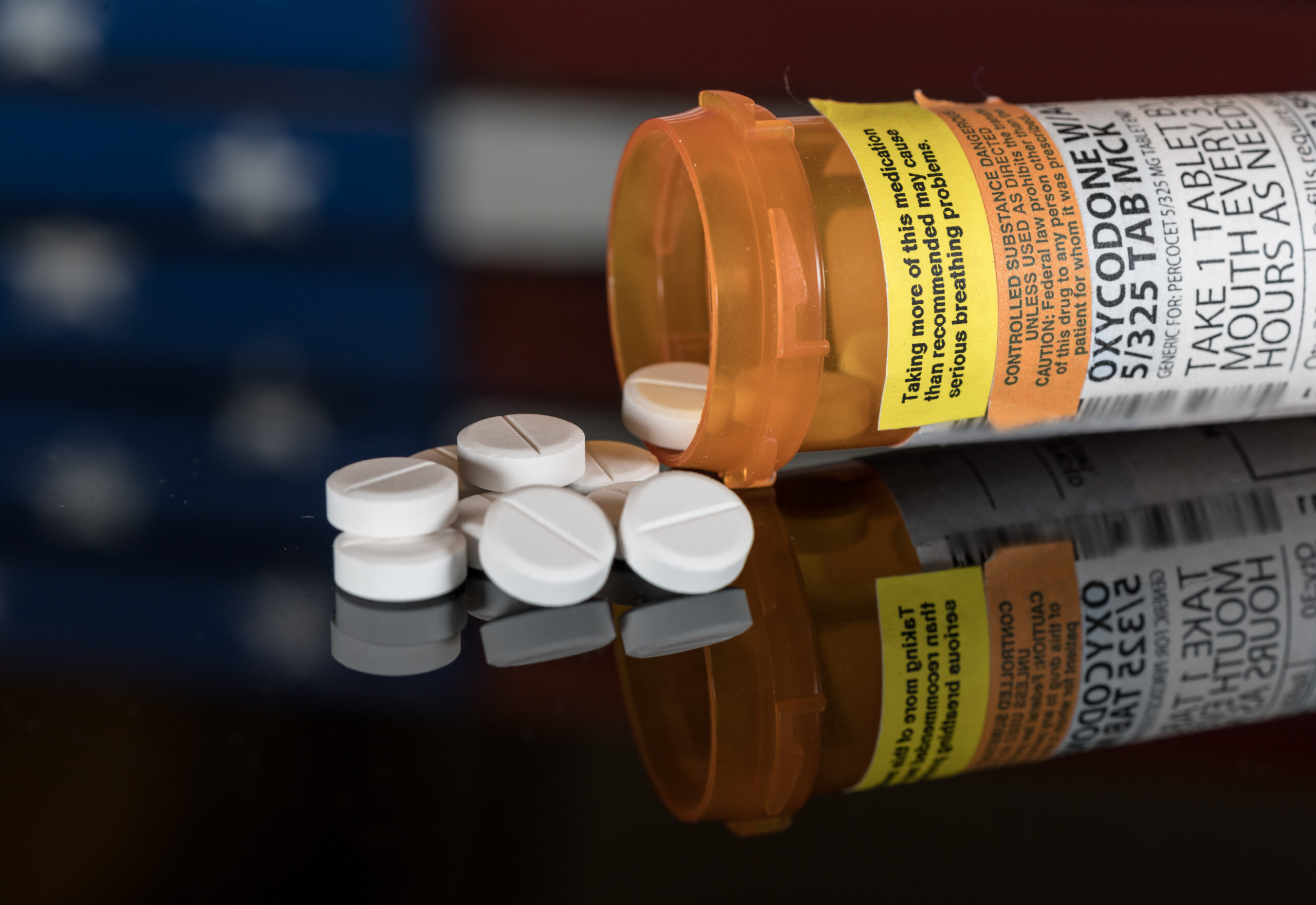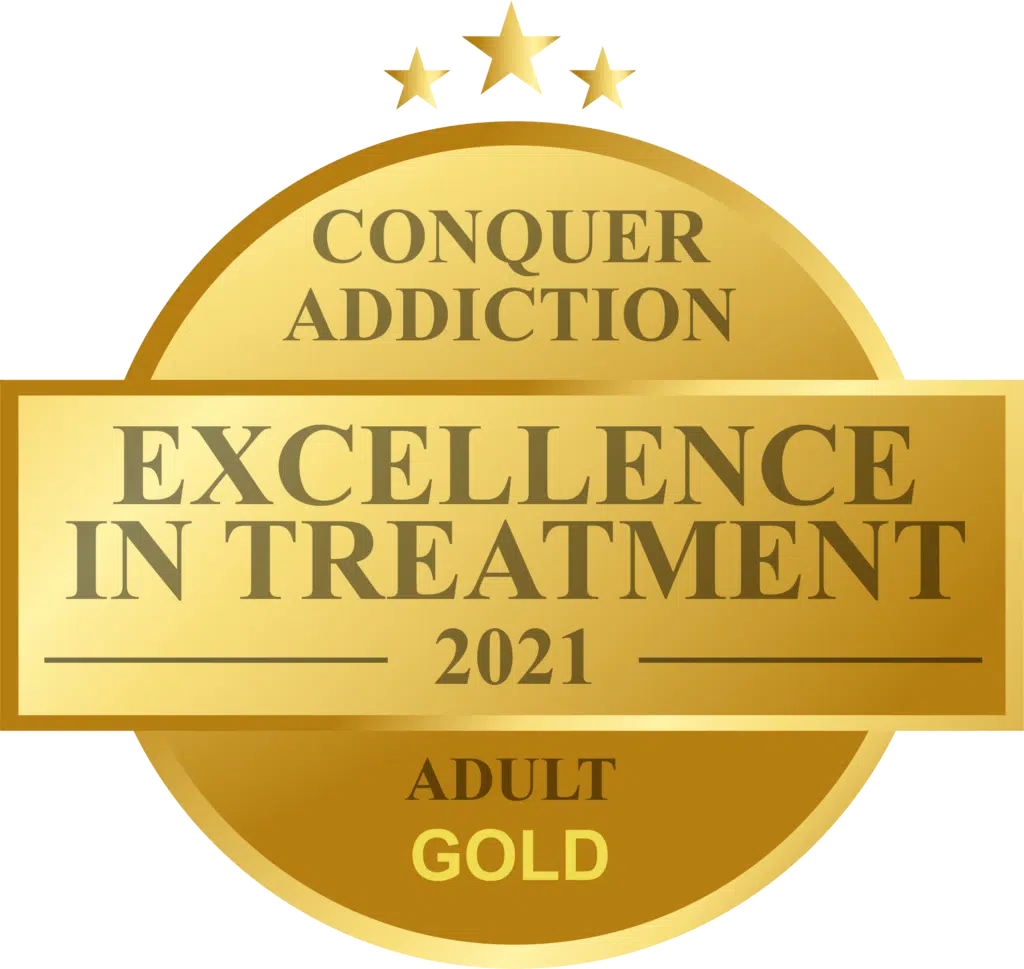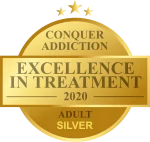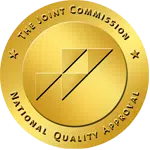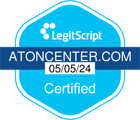Recovery from addiction is a challenging but transformative journey. It involves overcoming numerous obstacles and adopting healthier coping skills to build a fulfilling life. However, one crucial aspect that individuals in recovery must address is navigating high-risk situations for relapse.
The more a person anticipates high-risk situations, the greater their chance of staying sober. We will explore some common high-risk situations for relapse and discuss helpful strategies to protect your recovery.
What is a High-Risk Situation for Relapse?
A high-risk situation is any situation or event that increases the likelihood of a relapse into substance misuse. These situations can be challenging for individuals in recovery as they may trigger intense cravings, emotional distress, or a sense of vulnerability.
These situations can make it more difficult to resist the urge to return to addictive behaviors. For example, if a situation stirs up unhealthy emotions such as depression, anxiety, or loneliness, this can lead to feeling like there is no hope without drugs or alcohol. Our luxury San Diego inpatient rehab addresses mental health and addiction to help achieve overall wellness and long-lasting recovery.
Risk for Relapse Falls Into Three Catagories

The risk for relapse is different for everyone. For instance, a person with one year in recovery may be at low risk of relapse if they visit a place they often used drugs at. But, a person fresh out of treatment might find that a high-risk situation for relapse.
The risk for relapse falls into one of the three following categories:
- Low-risk situations, which consist of situations in which you are unlikely to relapse
- Moderate-risk situations include times you could be triggered to misuse drugs or alcohol
- High-risk situations that consist of recurring conditions that are likely to trigger a relapse
High-Risk Situations for Relapse to Avoid
Many high-risk situations for relapse are either interpersonal, situational, or emotional. Understanding these types of high-risk situations can help reduce the risk of relapse.
Interpersonal Conflict
Interpersonal conflicts often result in negative emotional states. These conflicts can increase the risk of relapse. Examples of interpersonal conflict include arguing with a spouse or partner, marital issues, and financial disagreements. When you receive treatment at AToN we encourage family participation in your recovery. Family therapy for addiction helps resolve interpersonal conflict and provides you with the tools to handle future conflicts that may arise.
Social Pressure
As a person in recovery, social situations can test your self-control. A few examples include:
- Being offered drugs while walking to work
- Attending parties where drugs and alcohol are available
- Watching another person use drugs or alcohol
Negative Emotional States
When a person in recovery struggles with a negative mental state, it increases their risk of relapse. Activities such as yoga and meditation for addiction, listening to music, and exercise can help avoid negative emotions, but they still sometimes happen.
Negative emotions include:
- Boredom
- Anger
- Sadness
- Anxiety
- Stress
Positive Emptional States
Everyone should celebrate happy moments. But, people in recovery must be aware of the risk of relapse. These moments can cause people to relax and misuse drugs or alcohol “just this once.”
Examples of positive emotional states that are high-risk situations for relapse include:
- Feeling confident about a promotion at work
- Celebrating a recovery milestone
- Reminiscing about a place that brings back good memories
What are Common High-Risk Situations for Relapse?
For those in the early stages of recovery, the risk of relapse can be particularly pronounced as they adjust to a new way of life and face familiar challenges and triggers from their past substance misuse. It is crucial to be aware of these high-risk situations and to develop effective coping strategies and a robust support network to navigate them successfully and maintain long-term sobriety.
High-risk situations for relapse can be broadly categorized into various triggers that may prompt individuals to turn to substance use or addictive behaviors as a coping mechanism. Stressful situations are one such trigger, as heightened stress levels can lead individuals to seek relief through substances or unhealthy habits. Emotions like sadness, anger, loneliness, or anxiety can also drive a desire to escape through substance use, as a way to numb or distract from these feelings. Additionally, being around others who are using drugs or alcohol or engaging in addictive behaviors can create a challenging environment, making it harder to resist temptation and stay on the path of recovery. Festive occasions where alcohol or drugs are readily available can also pose a risk, tempting individuals to relapse during celebratory moments.
A weak support system can leave individuals feeling isolated and ill-prepared to face challenges, increasing the risk of relapse. Excess free time without constructive activities can also be problematic, as it may lead to boredom and old habits resurfacing. Physical health issues, like chronic pain or sudden illnesses, may drive some individuals to self-medicate, further jeopardizing their recovery journey. Additionally, certain triggers associated with past substance use, such as specific people, places, or things, can induce cravings and raise the risk of relapse. Lastly, overconfidence in handling triggers can breed complacency and vulnerability to slipping back into old habits and behaviors.
As a Person in Recovery, How Can I Cope With High-Risk Situations for Relapse?
Terry Gorski is a prominent figure in addiction and relapse prevention. He is known for his work in developing practical strategies to prevent relapse in individuals recovering from substance misuse and other addictive behaviors.
Gorski’s model emphasizes the importance of identifying and managing high-risk situations for relapse to maintain sobriety. The nine tips that he developed for relapse prevention are often referred to as the “CENAPS Model” and include:
- Recognize high-risk situations – The first step is identifying the situations, emotions, or triggers that could lead to relapse. Understanding these triggers allows individuals to be better prepared to handle them when they arise.
- Develop a relapse prevention plan – Create a detailed plan outlining specific actions to take when facing high-risk situations. This plan may include coping strategies, support resources, and ways to distract oneself from the urge to relapse.
- Practice self-care – Maintaining physical and emotional well-being is crucial for preventing relapse. This involves adopting healthy habits, such as regular exercise, balanced nutrition, adequate sleep, and stress management techniques.
- Build a support system – Surround yourself with a network of supportive people who can offer encouragement, understanding, and assistance during challenging times.
- Seek professional help – If you are struggling or facing intense cravings, don’t hesitate to reach out to a therapist, counselor, or support group. Professional help can provide valuable guidance and reinforcement.
- Learn from past mistakes – Reflect on previous relapses, identifying the patterns and triggers that led to them. Understanding past mistakes can inform better decision-making in the future.
- Practice coping skills – Develop and practice coping skills that are effective in managing stress, negative emotions, and cravings. This may include mindfulness techniques, deep breathing exercises, or engaging in enjoyable hobbies.
- Avoid overconfidence – Stay aware of the risks of overconfidence in your ability to remain sober. Complacency can be a setup for relapse.
- Celebrate successes – Acknowledge and celebrate your sobriety milestones, your achievements, and progress in recovery. Recognizing your efforts and growth can boost motivation and reinforce your commitment to sobriety.
These nine tips are designed to provide those in recovery with practical tools to navigate the challenges of maintaining sobriety and preventing relapse. Implementing these strategies can significantly enhance one’s ability to stay on track and build a fulfilling life in recovery.
Developing a Relapse Prevention Plan
The main goal of any addiction treatment program is lifelong recovery. To give each person the best chance of lifelong recovery, you and your therapist will work together to develop a relapse prevention plan.
Try as you may, it is impossible to always avoid high-risk situations for relapse. If you find yourself in one of these situations, your relapse prevention plan can help you respond in healthy ways.
Your relapse prevention plan is tailored to your specific triggers, challenges, and coping mechanisms. A comprehensive relapse prevention plan typically includes the following:
- Identifying triggers and high-risk situations for relapse, including emotions, people, places, events, and activities
- Coping strategies to handle triggers and challenging emotions, including mindfulness, breathing techniques, or journaling
- Support systems include friends, family, sponsors, and therapists who offer support, encouragement, understanding, and accountability.
- The relapse response plan includes steps to take immediately following a relapse, such as contacting a support person and seeking professional help.
Preventing relapse is a lifelong process. As a result, plans should be reviewed and updated regularly.
Joining a Support Group Can Help Prevent Relapse

There are many benefits to joining a support group, including having a safe, judgment-free space to talk about your struggles and learn from others. Many groups involve the 12-step process and include:
- Narcotics Anonymous (NA)
- Alcoholics Anonymous (AA)
- Gamblers Anonymous (GA)
- Cocaine Anonymous (CA)
Let AToN Support You on Your Recovery Journey
If you or a loved one struggles with drug or alcohol misuse, we can help you build the skills to achieve lasting recovery. At AToN, each resident receives an individualized treatment plan which includes comprehensive therapies and the tools needed to cope with high-risk situations for relapse. Contact us to learn more.
Originally posted on August 10, 2023 @ 12:49 am


